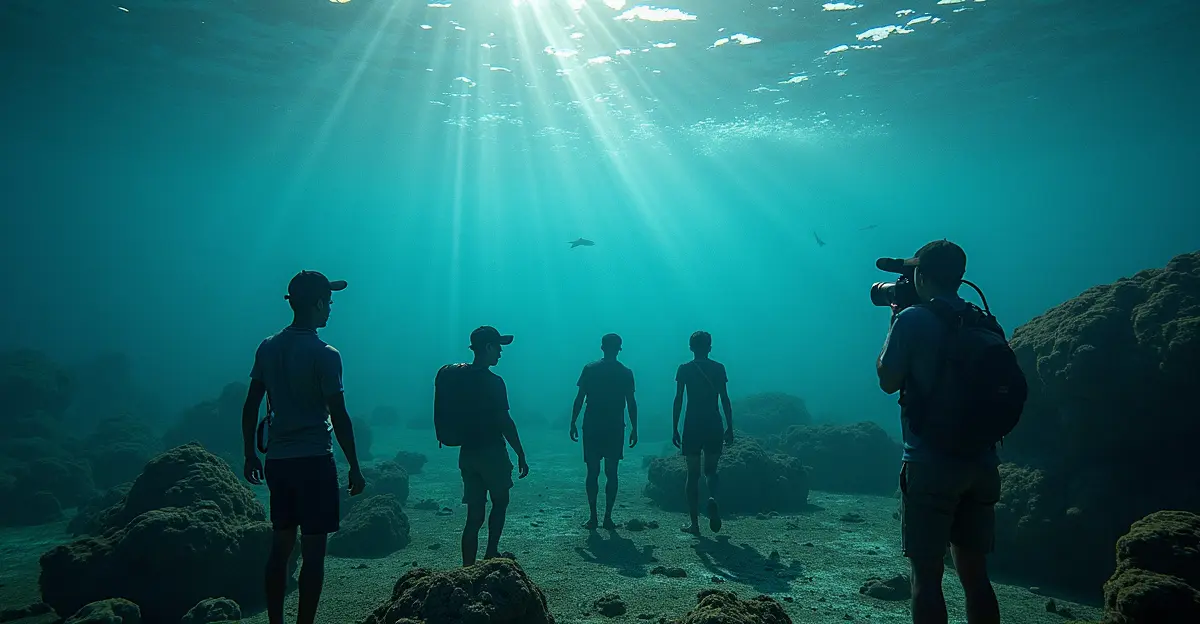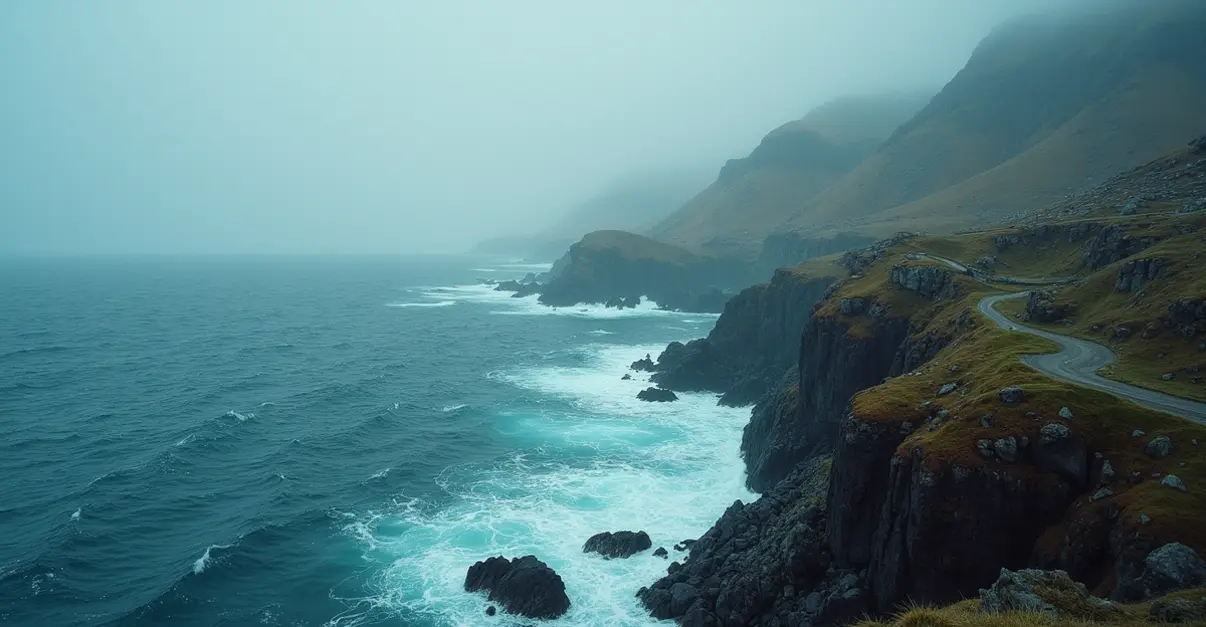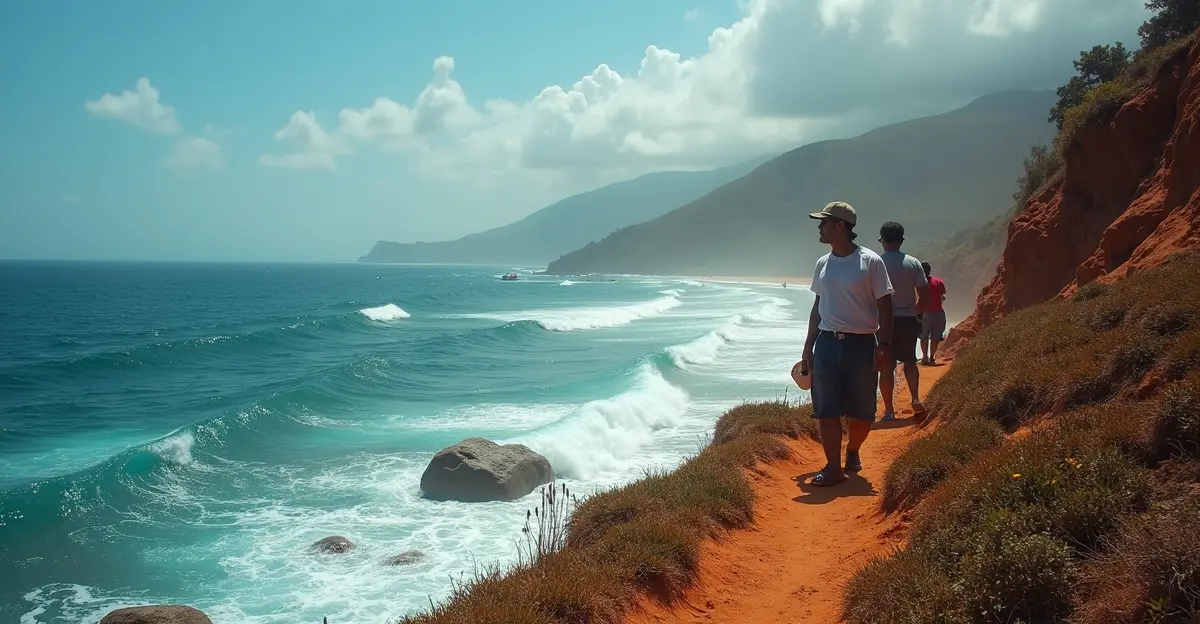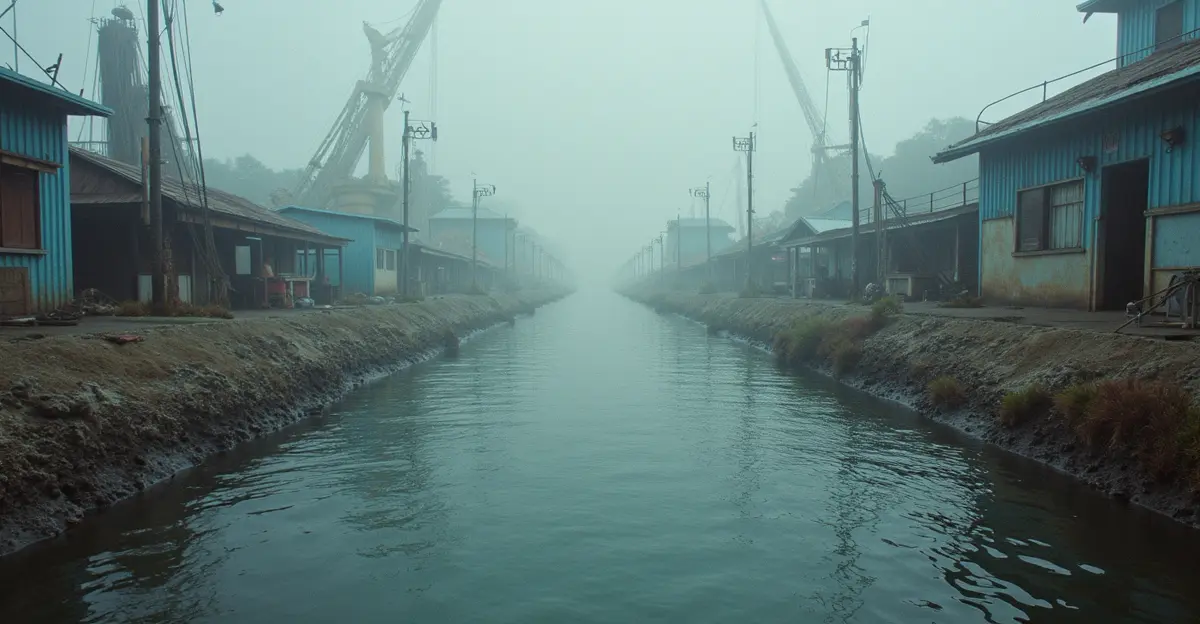Regional fishery bodies implement 2025 fishing quotas with science-based adjustments, enhanced monitoring, and community support programs to ensure sustainable harvests while balancing economic and environmental needs.
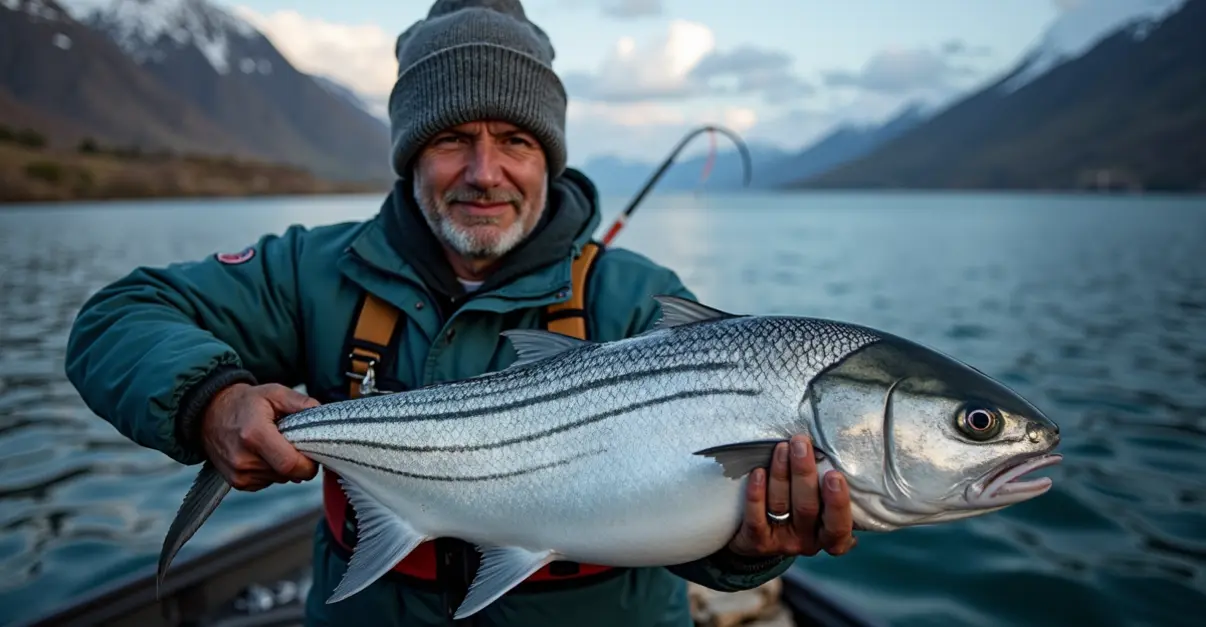
Regional Fishery Body Introduces Comprehensive Quota System
In a landmark decision for marine conservation, regional fishery management bodies have implemented new fishing quotas designed to ensure sustainable harvest levels while balancing economic and community needs. The 2025 quota allocations represent a significant shift toward science-based management that prioritizes long-term ecosystem health over short-term economic gains.
Science-Driven Quota Adjustments
The new quota system incorporates the latest scientific assessments of fish stocks, with some species facing dramatic reductions while others see increased allocations based on population recovery. 'We're seeing unprecedented changes in fish populations due to climate change and historical overfishing,' explains Dr. Maria Rodriguez, a marine biologist with the International Council for the Exploration of the Sea. 'These quota adjustments reflect the reality that we must adapt our management strategies to protect both the fish and the fishing communities that depend on them.'
Atlantic herring, for instance, faces an 86% quota reduction to just 5,974,527 pounds coastwide - the lowest allocation ever recorded for this species. This drastic cut reflects the overfished status and record-low biomass levels documented in recent assessments. Meanwhile, Atlantic menhaden maintains its highest-ever quota at 10,838,902 pounds, demonstrating how different species require tailored management approaches.
Monitoring and Enforcement Mechanisms
The implementation includes enhanced monitoring systems using satellite tracking, electronic reporting, and onboard observers to ensure compliance. 'Modern technology gives us unprecedented ability to monitor fishing activities in real-time,' says Captain James Wilson, enforcement director for the Northeast Fisheries Management Council. 'We're using Vessel Monitoring Systems, electronic logbooks, and random at-sea inspections to ensure these quotas are respected.'
The enforcement framework includes strict penalties for violations, with quota overages requiring pound-for-pound deductions from the following year's allocation. This creates a strong incentive for compliance and prevents the 'race to fish' mentality that has historically led to overexploitation.
Community Impact and Adaptation
Fishing communities are facing significant adjustments as they adapt to the new quota regime. 'These changes are challenging, but necessary for the long-term viability of our industry,' states Sarah Chen, executive director of the Coastal Fishermen's Association. 'We're working with management bodies to develop transition programs that help fishermen diversify their operations and access alternative income sources during adjustment periods.'
Research from recent studies shows that policy changes can have unintended distributional consequences, with some communities losing fishery access and benefits over time. The new management approach explicitly addresses these concerns by incorporating community viability objectives into the quota-setting process.
Sustainable Fishing Practices
The quota system is complemented by requirements for selective fishing gear and bycatch reduction measures. 'Sustainable fishing isn't just about how much we catch, but how we catch it,' emphasizes Dr. Robert Thompson, a fisheries ecologist. 'We're seeing increased use of turtle excluder devices, circle hooks, and size-selective mesh nets that minimize environmental impact while maintaining harvest efficiency.'
According to marine conservation experts, sustainable fishing practices involve scientifically-determined catch limits combined with selective gear technologies and ecosystem-based management. These approaches ensure fish populations can naturally replenish while supporting the livelihoods of coastal communities.
Looking Forward
The implementation of these new quotas represents a critical step toward achieving the United Nations Sustainable Development Goal 14, which calls for the conservation and sustainable use of oceans, seas, and marine resources. While the transition presents challenges for fishing communities, management bodies are providing support through technical assistance, market development programs, and research partnerships.
'This is about finding the right balance,' concludes Fisheries Minister Amanda Park. 'We need to protect our marine ecosystems while ensuring that fishing communities can thrive for generations to come. These new quotas represent our best effort to achieve that delicate balance.'

 Nederlands
Nederlands
 English
English
 Deutsch
Deutsch
 Français
Français
 Español
Español
 Português
Português





